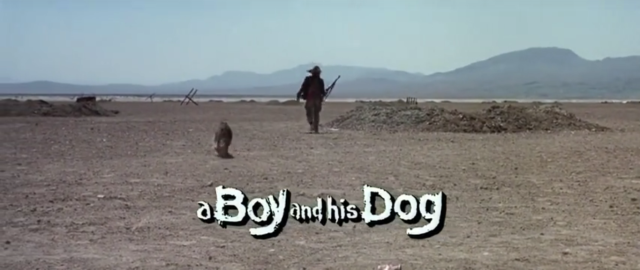Following the success of Mad Max 2 was a handful of post-apocalyptic B-movies. Among those was Wheels of Fire (also known as Pyro, Vindicator, and Desert Warrior), a surprisingly decent take on the post-apocalyptic genre which takes a lot of inspiration from the perfectly hammy Warriors of the Wasteland. Despite some mediocre cinematography and acting, Wheels of Fire proved to be a fast paced, action packed, and overall interesting movie. If you follow our cult classics section regularly, you know how this works by now, we’re going to break the movie into four parts.
- The plot
- Interesting concepts
- Cinematography
- The ending
The Plot: First of all, this story is massive. Warriors of the Wasteland was just as long, but most of the movie was overextended fight scenes. Wheels of Fire always has something new happening. The scale is massive and so is the synopsis.

Our story begins with typical not-Mad-Max archetype, Trace, entering a merchant village. Here we’re introduced to his younger sister, Arlie, and her annoying, controlling boyfriend. In the first five minutes, Arlie’s boyfriend fights in a gladiatorial arena where contestants wear car keys around their necks and beat each other with PVC pipes. Don’t think about it too much. It doesn’t matter. Continue reading


